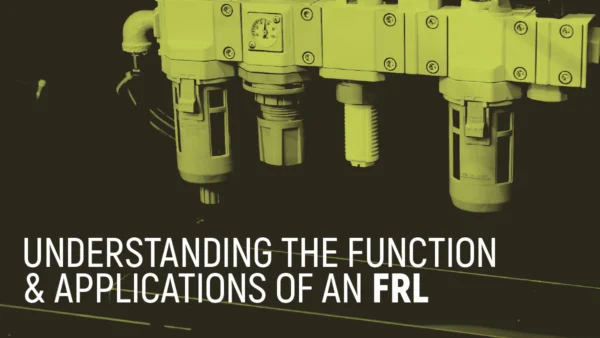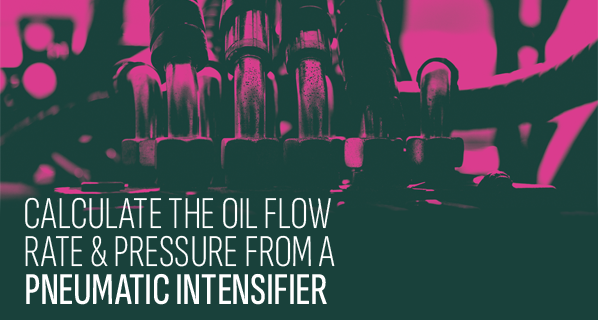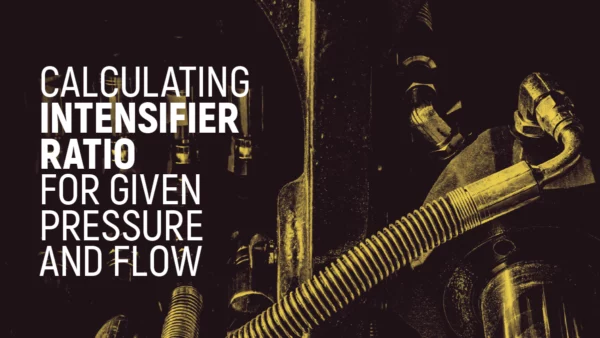Adding Hydraulic Fluid to the Reservoir

Adding make-up fluid to the reservoir ranks among the most important maintenance tasks because of the consequences of doing it incorrectly. Be aware that a system that needs make-up fluid on a regular basis has a leak. Discovering the source of that leak and fixing it is necessary to keep the system operating properly.
Keeping the fluid at the proper level is important. A system that is overfilled when it is cold will spill out fluid through the vent breather when the system warms up because the fluid will expand.
A system that becomes low on fluid can cause the pump to whine and aerate the fluid. On mobile hydraulic systems that have limited capacity reservoirs, a low fluid level may not cause the pump to whine and aerate the fluid, but will overheat the system because of insufficient cooling. Remember that the capacity of the reservoir may be no more than the gallon per minute flow rating of the pump to begin with, and reducing that capacity with a low fluid level will cause the same fluid to be circulated more frequently through the system where it will pick up additional heat before it has cooled sufficiently.
If the pump is mounted below the reservoir, fluid normally floods the inlet to the pump. If pump noise indicates the pump is aerating, the system is out of fluid and must be stopped immediately to prevent the pump from being burned up. Pumps that are mounted above the reservoir will allow the ingression of air into the fluid as the level drops below the inlet. This allows air to enter the pump with the fluid, circulate through the system, and to aerate fluid in the reservoir. In addition to the tell-tale whine of the pump and foam in the reservoir, operation of cylinders will become spongy and jerky. Continued operation of the system is both dangerous to personnel and will damage the pump.
The fluid level on a machine is normally checked at operating temperature, either with a sight gage or a dip stick. Do not fill the machine to the full mark when it is cold. This will cause the machine to be over filled when it warms up. Wait until the machine warms up and then add enough fluid to bring the level to the full mark.
Adding only the correct fluid, and in the right amount, is important because many fluids are not compatible with each other. Incorrect fluids can severely damage or ruin a system by softening the seals or failing to blend with existing oil. This will take the machine out of service and require costly repairs. Each machine comes from the manufacturer with a recommendation about which hydraulic oil should be used. The correct oil is specified in the operation manual. Check the manual before adding oil to be sure that the oil that is to be added to the machine is among those listed by the manufacturer of the machine. Mixing oils is not recommended so stay with one brand and type of oil. Keep in mind that adding oil that has not been approved by the manufacturer of the machine will void most warranties.
Adding fluid without introducing dirt and contamination is a continuing problem. One authority goes so far as to say that the new fluid added to the system often exceeds the contamination level specified for the system, and much of this contamination is introduced while the fluid is being stored, transported, and added to the system. Fluid added to a reservoir should be pumped in through a filter. Most filter manufacturers produce filter carts for this purpose.
If bulk oil contamination is the problem, dispense the fluid directly from quart or gallon containers that are opened just before the fluid is used. To prevent contamination from the oil source, do not store partially filled oil containers.
Before filling the reservoir, clean around the fill cap with a lint-free shop towel. Make sure to add the correct fluid. Don’t pour fluid from an oil container that is not labeled. Inspect the filler screen and relief breather. If a funnel must be used, make sure it is clean. As a general rule, seamless plastic funnels collect and hold less dirt and contaminant than metal funnels. Pour only enough oil through the fill cap to bring the reservoir level to the full mark. Finally, replace the fill cap, and have a lint-free shop towel available to clean up oil that may have dripped on the machine.
Test Your Skills
1. If the pump is mounted below the reservoir (flooded inlet), low fluid level can be confirmed by:
a. Overheating.
b. Loss of pressure.
c. Noise from the pump.
d. Jerky action of a cylinder.
e. Checking the fluid level.
2. Which of the following should be considered a possible source of contamination when adding fluid to the hydraulic reservoir?
a. Funnel.
b. Shop towel.
c. Fluid container.
d. Fluid being added.
e. All of the above.
See the Solutions
1. e, 2. e








when I top off the hydraulic reservoir, can you show me step by step how to and how many times to bleed the reservoir? thank you.
I have a 92 Mack tandom dump truck. My drive shaft failed and came out tearing the low pressure Hydrolic line loose draining the tank. This truck has a triple stage cylinder. How do I fill this tank again because it’s under the bed? I will have to lift the bed to get to it. Any tips?